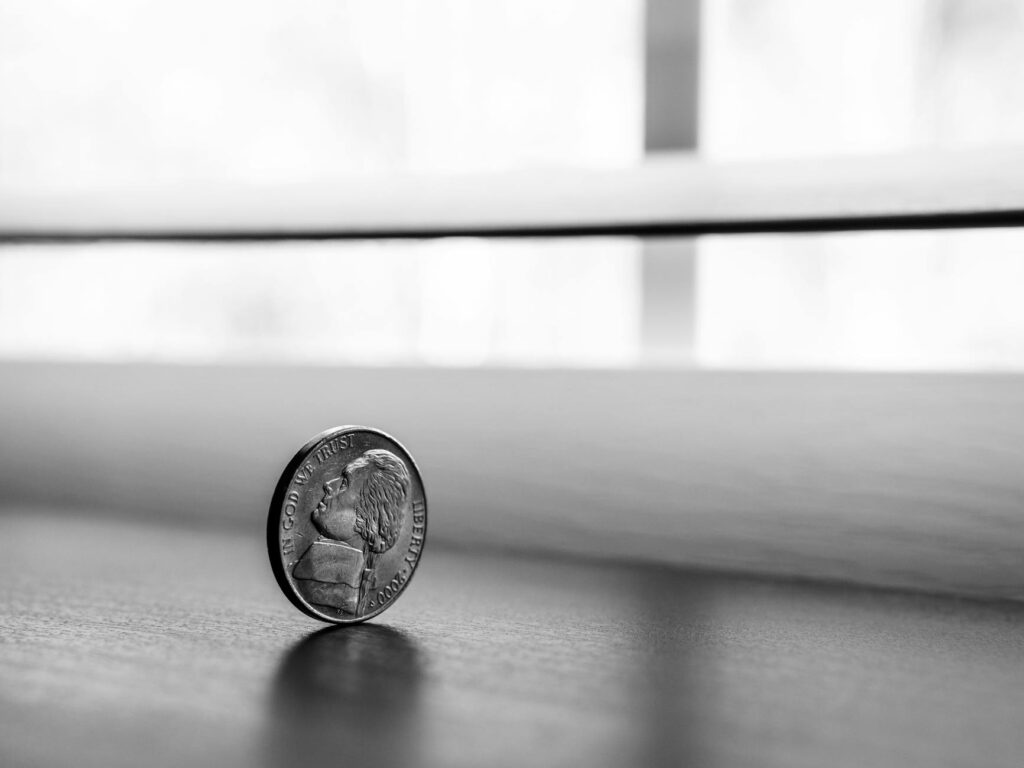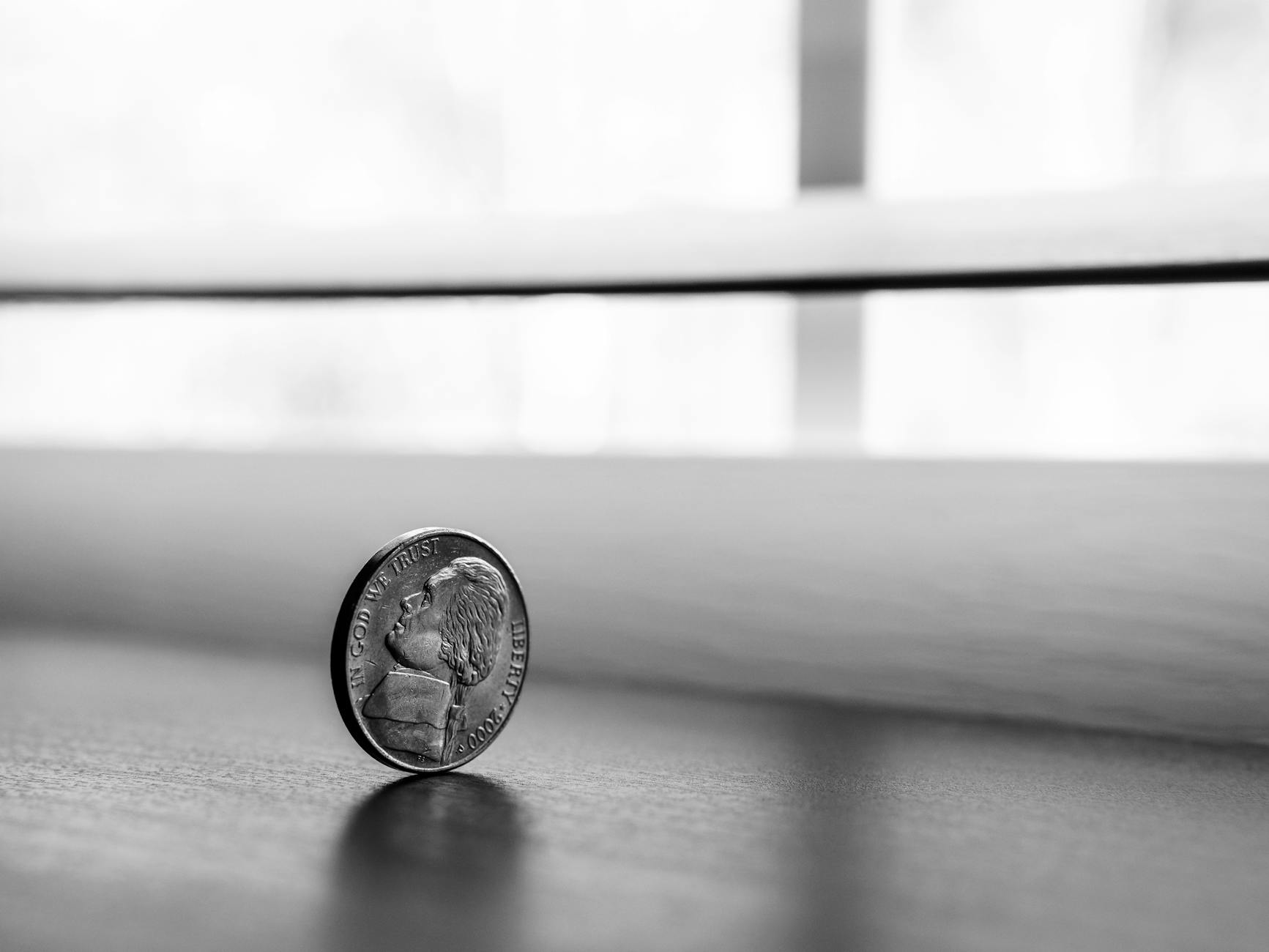What is interruption minimization?

What is interruption minimization?
In today’s fast-paced world, finding ways to enhance productivity and focus is more crucial than ever. One concept that’s gaining traction is interruption minimization. Have you ever felt your flow disrupted by a sudden noise or an intrusive notification? Interruption minimization is all about reducing these disturbances to help maintain concentration and efficiency. It’s not just about working harder; it’s about creating an environment where you can work smarter.
Understanding the Concept of Interruption Minimization
Interruption minimization refers to strategies and techniques designed to reduce disruptions during tasks, facilitating a smoother workflow and improved focus. In our digital age, interruptions come from various sources, like emails, messages, and social media notifications. Learning to manage these can significantly boost productivity.
The Psychology Behind Interruptions
Interruptions do more than just pull us away from tasks momentarily; they can have lasting effects on our cognitive performance. When we’re interrupted, our brains take time to refocus, which is known as the “resumption lag.” This delay can add up, leading to decreased productivity and increased stress.
Types of Interruptions
Interruptions can be broadly categorized into three types:
- Digital Distractions: These include notifications from emails, social media, and instant messaging apps.
- Environmental Noise: Background noise from conversations, traffic, or electronic devices.
- Social Interactions: Unplanned discussions or meetings that break the concentration.

Photo by Joey Kyber
Strategies for Implementing Interruption Minimization
There are several practical strategies to implement interruption minimization effectively in your daily routine.
Creating a Focus-Friendly Environment
Designing a workspace that supports concentration is essential. Start by decluttering your desk and ensuring that your workspace is ergonomically friendly. Consider noise-canceling headphones or soundproofing your office space if environmental noise is a major issue.
Utilizing Technology Effectively
Technology isn’t just a source of interruption; it can also be a tool for minimizing them. Apps like Focus@Will can play concentration-enhancing music, while tools like Freedom or Cold Turkey can block distracting websites during work hours.
Time Management Techniques
Time management techniques such as the Pomodoro Technique and time blocking can help in focusing better. The Pomodoro Technique involves working in bursts of 25 minutes followed by a 5-minute break, helping maintain concentration and reduce fatigue.
Benefits of Interruption Minimization
Reducing interruptions can lead to numerous positive outcomes for both productivity and personal well-being.
Enhanced Focus and Efficiency
By minimizing interruptions, you can maintain a deeper level of focus, allowing you to complete tasks more efficiently. This streamlined workflow not only saves time but also enhances the quality of your work.
Improved Work-Life Balance
Reducing interruptions doesn’t just affect work; it can also create space for a healthier work-life balance. With increased productivity, there’s more time for personal activities and relaxation, contributing to overall well-being.
Conclusion
Interruption minimization is a powerful approach to enhancing productivity and focus. By understanding the types of interruptions and implementing strategies to reduce them, you can create a work environment conducive to concentration. Embracing techniques like creating a focus-friendly environment, using technology wisely, and employing effective time management strategies can yield significant improvements in both your professional and personal life. It’s time to take control of your productivity and see the benefits unfold.